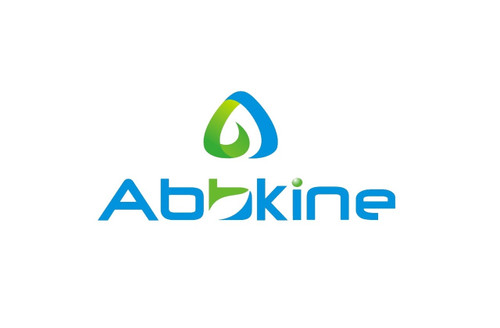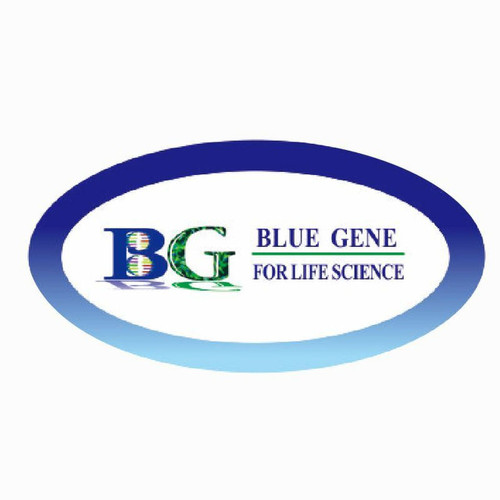Product Description
Human Resolvin E1 (RvE1) ELISA Kit | AE58167HU | Abebio
Species Reactivity: Human (Homo sapiens)
Abbreviation: RvE1
Alternative Name: N/A
Application: ELISA
Range: 24.69-2000 pg/mL
Sensitivity: 8.86 pg/mL
Intra-Assay: ≤6.9%
Inter-Assay: ≤8.8%
Recovery: 1, 04
Sample Type: Serum, Plasma, Other biological fluids
Detection Method: Sandwich
Analysis Method : Quantitive
Test Principale: This assay employs a two-site sandwich ELISA to quantitate RvE1 in samples. An antibody specific for RvE1 has been pre-coated onto a microplate. Standards and samples are pipetted into the wells and anyRvE1 present is bound by the immobilized antibody. After removing any unbound substances, a biotin-conjugated antibody specific for RvE1 is added to the wells. After washing, Streptavidin conjugated Horseradish Peroxidase (HRP) is added to the wells. Following a wash to remove any unbound avidin-enzyme reagent, a substrate solution is added to the wells and color develops in proportion to the amount of RvE1 bound in the initial step. The color development is stopped and the intensity of the color is measured.
Product Overview: Estrone (also oestrone) is an estrogenic hormone secreted by the ovary as well as adipose tissue.Estrone is one of the three estrogens, which also include estriol and estradiol. Estrone is the least abundant of the three hormones, estradiol is present almost always in the reproductive female body, and estriol is abundant primarily during pregnancy. Estrone is relevant to health and disease states because of its conversion to estrone sulfate, a long-lived derivative. Estrone sulfate acts as a reservoir that can be converted as needed to the more active estradiol. Estrone is synthesized via aromatase from androstenedione, a derivative of progesterone. The conversion consists of the de-methylation of C-19 and the aromaticity of the 'A' ring. This reaction is similar to the conversion of testosterone to estradiol.
Stability: The stability of ELISA kit is determined by the loss rate of activity. The loss rate of this kit is less than 5% within the expiration date under appropriate storage condition. The loss rate was determined by accelerated thermal degradation test. Keep the kit at 37°C for 4 and 7 days, and compare O.D.values of the kit kept at 37°C with that of at recommended temperature. (referring from China Biological Products Standard, which was calculated by the Arrhenius equation. For ELISA kit, 4 days storage at 37°C can be considered as 6 months at 2 - 8°C, which means 7 days at 37°C equaling 12 months at 2 - 8°C) .
 Euro
Euro
 USD
USD
 British Pound
British Pound
 NULL
NULL












